
OR
Opinion
A New Era of Conflict and Violence
Published On: February 15, 2024 08:45 AM NPT By: Hari Prasad Shrestha
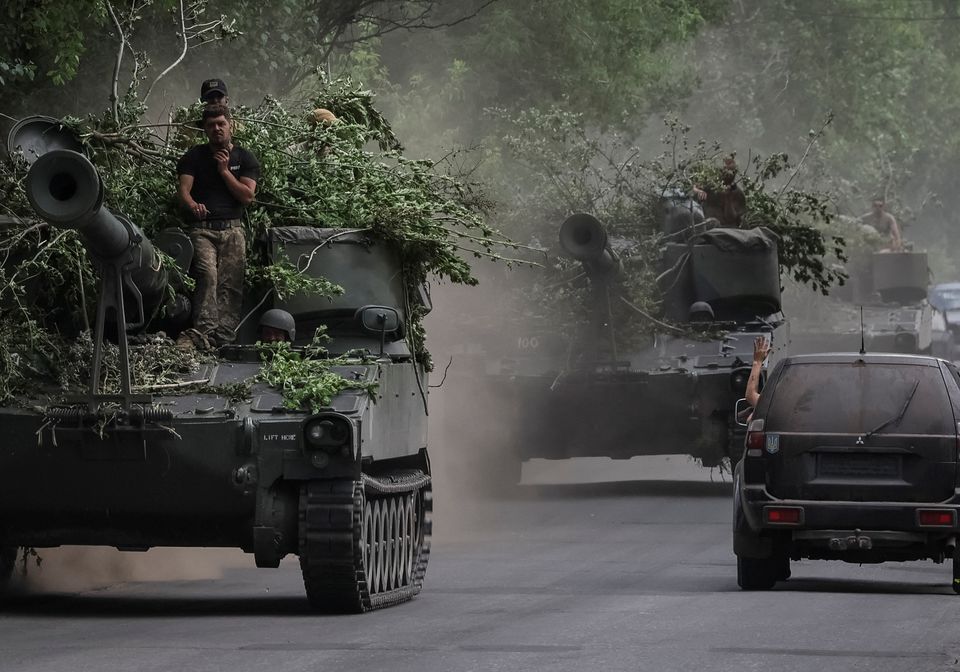
More from Author
- Why Federalism has Become Risky for Nepalese Democracy
- Hunger is a Serious Problem in South Asia
- Tourism Can Be A Catalyst For Change in Karnali Province
- Nepal’s Southern Border Has Become An Open Regional Crossroads
- Opening a new gateway for Kailash Mansarovar Yatra through Nepalgunj-GunshaNagari flight
The rising geopolitical rivalry among the big powers has been the root cause of conflicts
Albert Einstein famously stated, "I know not with what weapons World War III will be fought, but World War IV will be fought with sticks and stones."
Conflict and violence are on the rise with numerous conflicts waged between states and non-state actors such as political militias, criminal, and international terrorist groups. On a regional basis, there has been a decline in the major conflicts in North Africa and South Asia, while conflicts in sub-Saharan Africa, Europe, Middle East and the Asia-Pacific are on the rise. On the basis of countries, violence increased significantly in Mali, Ethiopia, Myanmar, Israel, Palestine, Sudan and Ukraine; making the deadliest of armed conflicts since the 1994 Rwandan genocide.
The rising geopolitical rivalry among the big powers has been the root cause of conflicts. Not only big powers but middle powers are also competing for influence in states or regions by supporting competing interests through the supply of troops and weapons. Unsettled regional issues, a deterioration in the rule of law, absence of state institutions, illegal economic gains, and the lack of resources exacerbated by climate change and supply disorders have become the dominant drivers of conflicts.
As a result of the autocratic and undemocratic regimes in a number of countries, ethnic, religious and state violence are on the rise. It is igniting and extending spaces for the foundation of terrorism, and almost all terrorist-related deaths occur in countries associated with a violent conflict or with high levels of political terror. A series of violent conflicts and terror attacks taking place in the Middle East, North Africa, and Sub-Saharan Africa, with highest in Afghanistan, Iraq, Nigeria, Somalia, Sudan, Democratic Republic of Congo, South Sudan and Syria, are severe in nature with the heaviest burden.
With the rising US-China rivalry and the consequent shifts in regional influences, the environment of global geopolitics is boosting for serious transformations in upcoming decades. China’s heightened activities in the South China Sea region signify its desire to project dominance and protect its territorial claims. After the end of the cold war, the United States has expanded its network of strategic military bases across various regions ranging from the Middle East to South-East Asia and Central America.
For a couple of years, the attention and resources of global powers are going to be concentrated on three hotspots in particular: the war in Ukraine, the Israel-Gaza conflict and tensions over Taiwan. These hotspots are so delicate that further escalation in any of them would radically disrupt global supply chains, financial markets, security dynamics and political stability by seriously threatening the sense of security and safety of individuals worldwide. Big world powers have their own vested interests in these areas which are situated at a geopolitical crossroads: oil and trade routes in the Middle East, stability and the balance of power in Eastern Europe, and advanced technological supply chains in East Asia.
These high-stakes hotspots undermine global security, and their ripple effects may fuel an explosive reaction, exacerbating both new and existing animosities. For example, spillover impacts from a high concentration of conflicts, such as in Asia and Africa, could range from more readily available arms trafficking to conflict-driven migration. Frozen conflicts at risk could include the Balkans, Libya, Syria, Kashmir, Guyana, the Kurdish region and the Korean peninsula, where active armed conflict has been brought to an end, but no peace treaty or other political framework resolves the conflict to the satisfaction of the combatants. The Himalayan region is poised to become a potential hotspot for regional conflicts, with several countries in the vicinity at risk of becoming victims of such hostilities. Moreover resource stress, economic hardship and weakened state capacity will likely grow and, in turn, it would fuel conflict. And with instant information networks and reinforcing algorithms, the symbolism of high-stakes hotspots could trigger contagion beyond conflict geographies.
The armed political violences have been so widespread that some modes of conflict can be witnessed as intrastate/civil conflict between a government and at least one non-governmental party within a sovereign country, interstate conflict between two or more governments, non-state conflict between two organized armed groups, neither of which is the government of a state, and one-sided violence by the use of armed force by the government of a state or by a formally organized group against civilians. Technological advances are contributing to the changing nature of conflict. There are concerns about the potential for artificial intelligence (AI) and machine learning to enhance cyber, physical, and biological attacks.
The fear of violence is negatively affecting peace and property of the general public from destruction of houses to collapsing wartime economies while lost access to public services have forced many people to leave their home and migrate to safer places within conflict countries or abroad. Not only the ordinary victims but the rising conflicts and violences are also challenging to the systems of governance, national identities, international law and democratic values and it is contributing to civil unrest, threatening human rights, and reigniting violence, not only in advanced democracies but also between the Global North and the Global South. Moreover, the rising competition among the power mongers, both old and new in developing countries, combined with more recent price hikes of food and fuel and the hardships for livelihood could accelerate negative sentiments towards industrialized nations over a couple of years.
Rising centralization of power with declining mode of resources and tighter economic conditions and the military power projection of the West could be unacceptable which would create power vacuums in parts of Africa, the Middle East and Asia. As per example, France has been compelled to withdraw its troops from Mali, Burkina Faso and Niger over the past two years. As the dominance of long-held power centers are in declining trends, new powers will emerge as alternatives in interstate and intrastate conflicts, which would lead to dangerous long lasting proxy warfare and large expansion in humanitarian crises.
The causes behind such conflicts range from access to raw resources, such as minerals and oil, to the protection and promotion of trade, investment and security interests. The power blocks will support and supply resources to their political allies, taking advantage of this widening rift between the old and new powers. In this course of conflict, the position of unprincipled states will be isolated and more futile with clear divisions. Moreover, international governance and peacekeeping mechanisms that would be more ineffective at ‘policing’ conflict could be sidelined.
As the results of a speedy rise in the global conflicts and violences would be equally harmful for both the winners and losers of war the big powers have greater responsibilities to save the innocent people from the danger of war and they must play a leading role to bring a consensus to save the human life and property from destruction. In this concern, positive peace offers a roadmap to underscore the importance of building stronger institutions, fostering openness, and promoting mutual respect on the global stage. The slow but steady nature of positive peace indicates that global peace requires patience, long-term commitment, and consistent efforts. Through international collaboration rooted in these principles, we can envision a world that not only survives challenges but thrives amidst them.
You May Like This
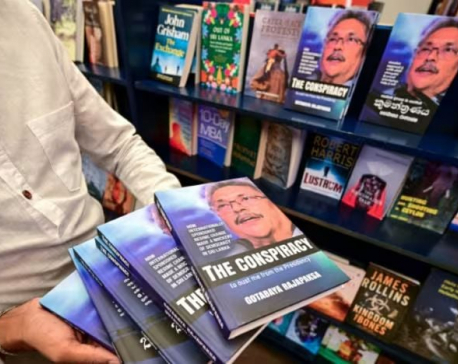
Sri Lanka ex-leader claims ousted over China investments
COLOMBO, March 9: Former Sri Lankan president Gotabaya Rajapaksa ended a long silence over his ouster Thursday by releasing a... Read More...
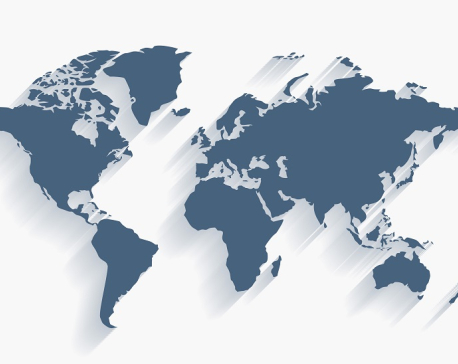
Geopolitical Rivalry in World Order: Lesson for Nepal
Critics argue that the international political and financial systems, created by the USA following the Second World War (1939-1945), are... Read More...
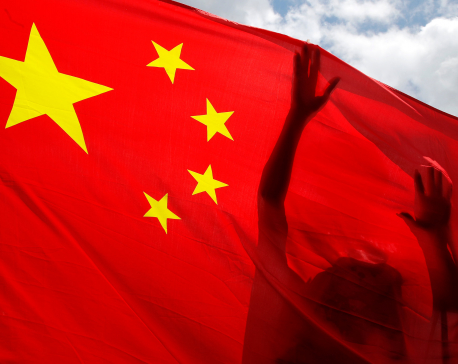
What’s the matter with China?
How true is the recurring story of Chinese occupation of Nepali land? What is the purpose of this story? ... Read More...
Just In
- Sunkoshi-Marin Diversion Project’s tunnel construction nears completion, breakthrough scheduled for May 8
- Govt tightens security arrangement for Third Investment Summit 2024
- Pesticide residue found in vegetables in Nepalgunj
- Aam Janata Party and Samajwadi Jana Ekata Party merge
- 1,600 participants confirmed for Nepal Investment Summit
- Ilam-2 by-elections held peacefully, vote count likely to start tonight
- NEA schedules five-day power cut across Kathmandu Valley for underground cable installation
- Hundreds of passengers including foreign tourists in distress as poor visibility halts flights to and from PRIA









-1200x560-wm_20240427144118.jpg)




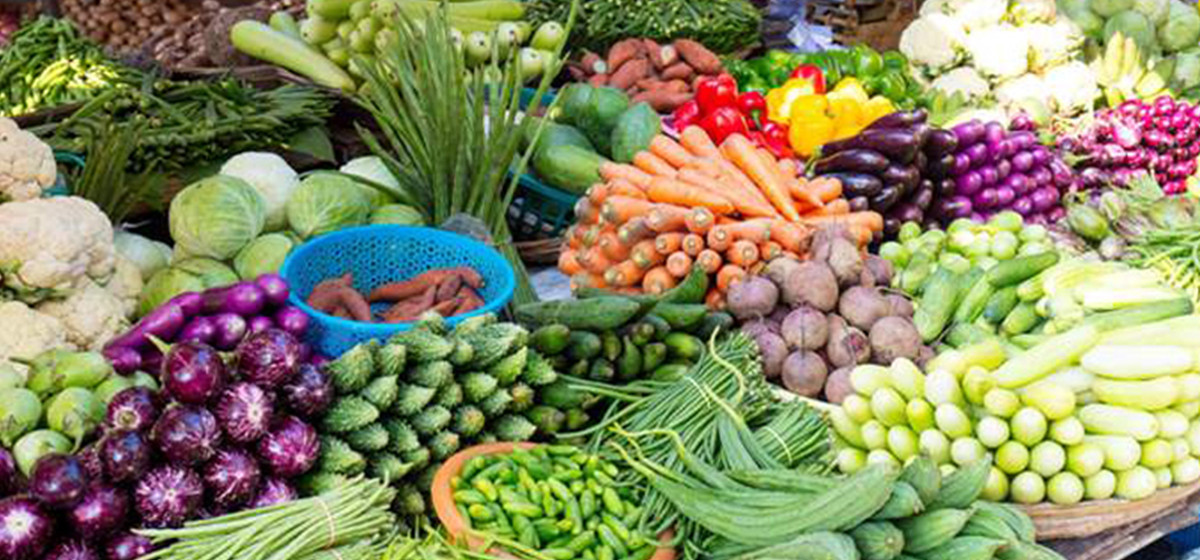
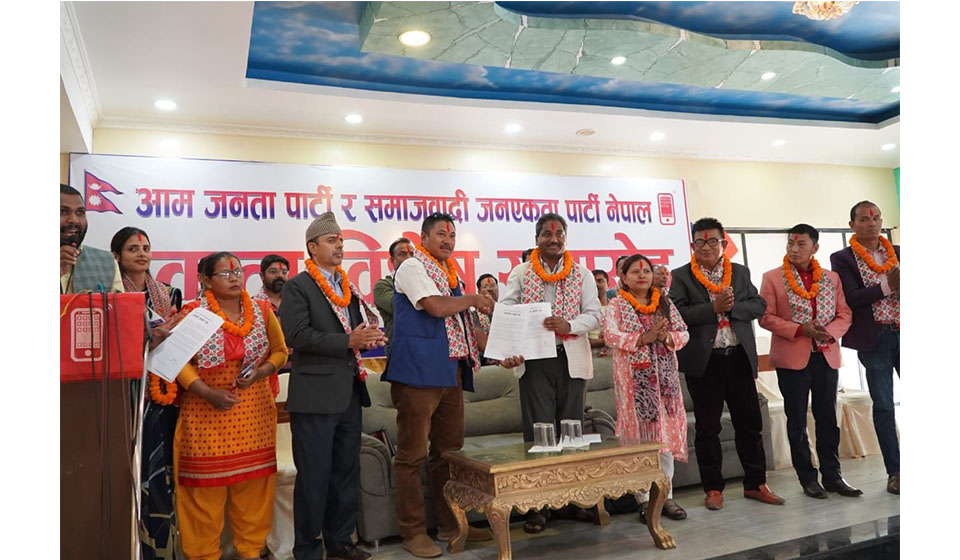

Leave A Comment